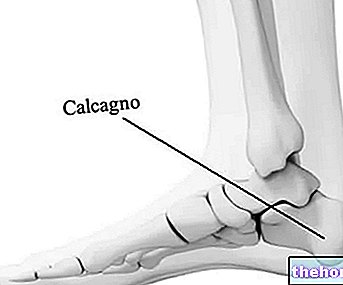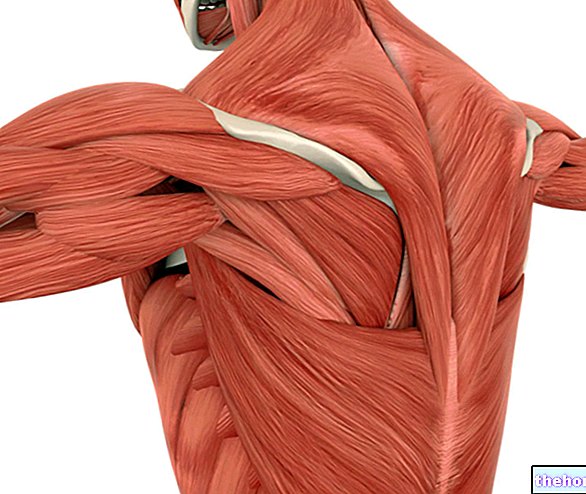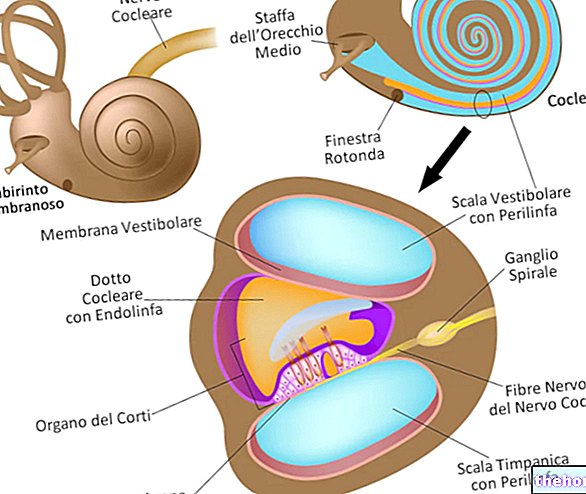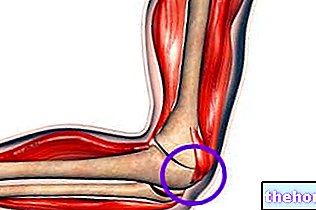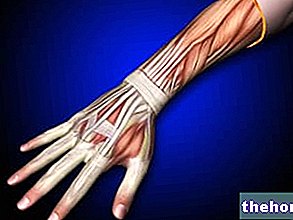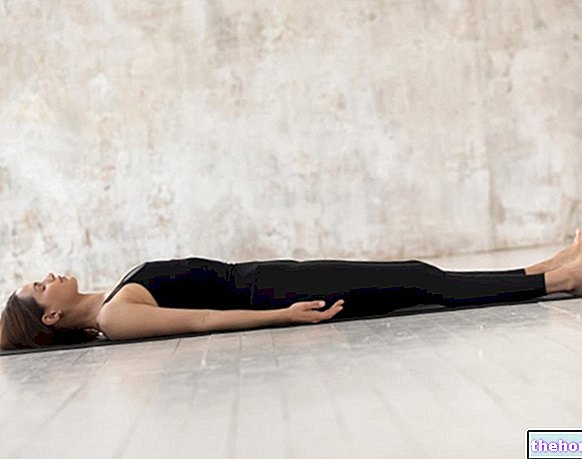
Just as the flexion-extension movement of the legs (tibio-fibular segment) is carried out by muscles residing in the thighs, that of the forearms (radio-ulnar segment) is carried out by muscles housed in the arms.
Therefore, at the anatomical-functional level (segments and motor action), the arms do not correspond to the legs, but the thighs. Nevertheless, perhaps due to the fact that the forearms are rarely taken into consideration in bodybuilding training, in the common imaginary, training of the extremities includes arms - mainly meant as biceps and triceps - and calves - excluding all other leg muscles. , such as foot flexors etc.
In this short article we will talk, first in "basic" anatomo-functional terms, then in application terms, of the muscles of the arms and calves and of the exercises to train them at their best.
, brachialis, brachioradialis) and extension (triceps brachialis) of the forearm - radio-ulnar segment.
Being bi-articular, in addition to the important function of flexion but also of stabilization of the elbow, some of these also affect the shoulder girdle, stabilizing the shoulder-blade joint.
All work on the elbow joint:
- Brachial biceps;
- Brachialis;
- Brachioradialis;
- Brachial triceps.
While on the scapulo-humeral joint we have only the bi-articular heads:
- Long head of the brachial biceps;
- Long head of the brachial triceps.
- Biartcular heads on the knee joint: Superficial muscle: Gastrocnemius (or twins)
- Monoarticular head on the ankle joint: Deep muscle: Soleus.
Both are inserted with a single tendon on the proximal third of the radius below the elbow joint. Its main motor action is elbow flexion but also causes supination of the forearm and a slight anteposition of the arm.

